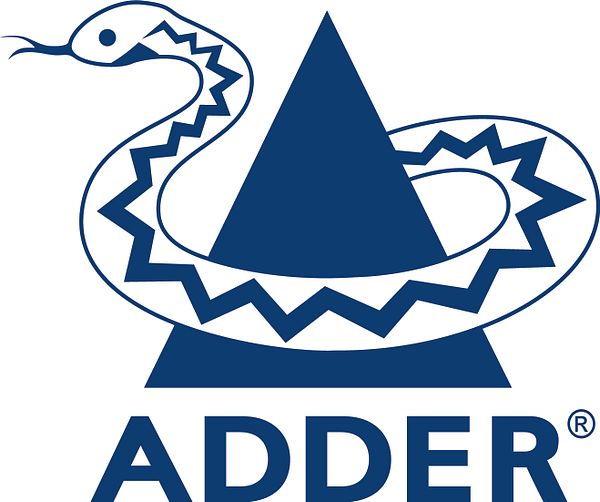
Blog post -
Insights and Innovations: Discussing the Future of KVM Technology
In a recent interview, Roy Folkman from CineSys, a US-based leading broadcast and media system integrator, discussed what the future holds for high performance IP KVM with veteran senior product manager at Adder, John Halksworth.
In addition to the highlights below, the interview also covered Adder’s contributions to sustainability, our 40 year heritage in KVM and how post-COVID working patterns have relied on KVM solutions, and much more!
You can also watch the video in full at the end of the blog.
Why is Cognitive Ergonomics important in Control Rooms?
John emphasized the importance of cognitive ergonomics in designing KVM systems to enhance user experience by minimizing the mental load on operators.
“We’re trying to make the load on the user as low as possible so that they're focused on their job and not the equipment in front of them. And that's the basic principle of cognitive ergonomics: it’s just making it simpler for the user.”
This focus on simplicity ensures that professionals can concentrate on their core tasks without being distracted by the complexities of their equipment, which is particularly vital in high-stress environments like control rooms.
Highlighting the critical role of cognitive ergonomics in reducing the mental strain on operators, John said:
“One of the key elements to all control rooms, whether it be media or anywhere else, is to reduce the mental load on your operators. So, any system that you provide them has got to be intuitive and easy to learn.
“The operators of the equipment are experts in their field .... It is not their job to learn how to use a KVM system!”
The goal is to ensure that KVM systems do not add to the operators' cognitive burden, allowing them to focus on their primary tasks with ease and efficiency. This approach is essential for maintaining high productivity and peace of mind in control room environments.
Reducing Control Room Real Estate with Multi-viewers
As control rooms evolve to occupy smaller physical spaces, the need for multi-viewer capabilities becomes increasingly crucial. John explained how Adder's KVM solutions meet this need effectively.
There's a trend in the media space to reduce the size of control rooms and, as a consequence, the screen real estate is reduced, meaning that fewer screens need to do more work: the exact domain of Adder’s multi-viewer solutions such as the ADDERView® CCS-MV 4228 Multi-Viewer.
“Multi-view is becoming an important factor in control rooms. And again, this comes back down to … cognitive load, trying to keep things simple.”
By integrating multi-viewer functionality, Adder's KVM systems enable operators to have a clear and organized display of multiple sources on one or two screens, which is essential for efficient monitoring and control in compact environments.
Integrating KVM with Physical and Virtualized Infrastructures
John also spoke about the growing trend of virtualized infrastructure in control rooms and media environments, and how Adder’s KVM systems are designed to meet these needs.
“More and more facilities are moving to a virtualized infrastructure. Broadcast control rooms or any kind of media studios have a mixture now of physical units and virtualized units. And the KVM systems have got to be able to meld those two worlds together. It's a bridging tool.”
John highlighted the versatility of Adder's solutions, such as the ADDERLink® INFINITY 3000 receiver, which can interface both with physical KVM transmitters connected to the back of a PC, or via various protocols to VDI systems.
This ability to merge physical and virtual assets ensures that organizations can adopt the most effective and flexible operational models without being limited to a single type of infrastructure.
Find out more
Dive deeper into the future of KVM technology, with invaluable insights for understanding how KVM systems are shaping the future of work in multiple industries and watch the full interview below:
About CineSys:
CineSys is a Broadcast and Media Systems Integrator providing solutions, integration and support for digital content creators across North America. With decades of IT experience and a foundation in M&E, we serve a range of industries from broadcast and post production to government, corporate, agency, houses of worship and sports. Our goal is to help companies get the most out of their technology investment, to accelerate workflows with cutting edge technology and strengthen infrastructures.
